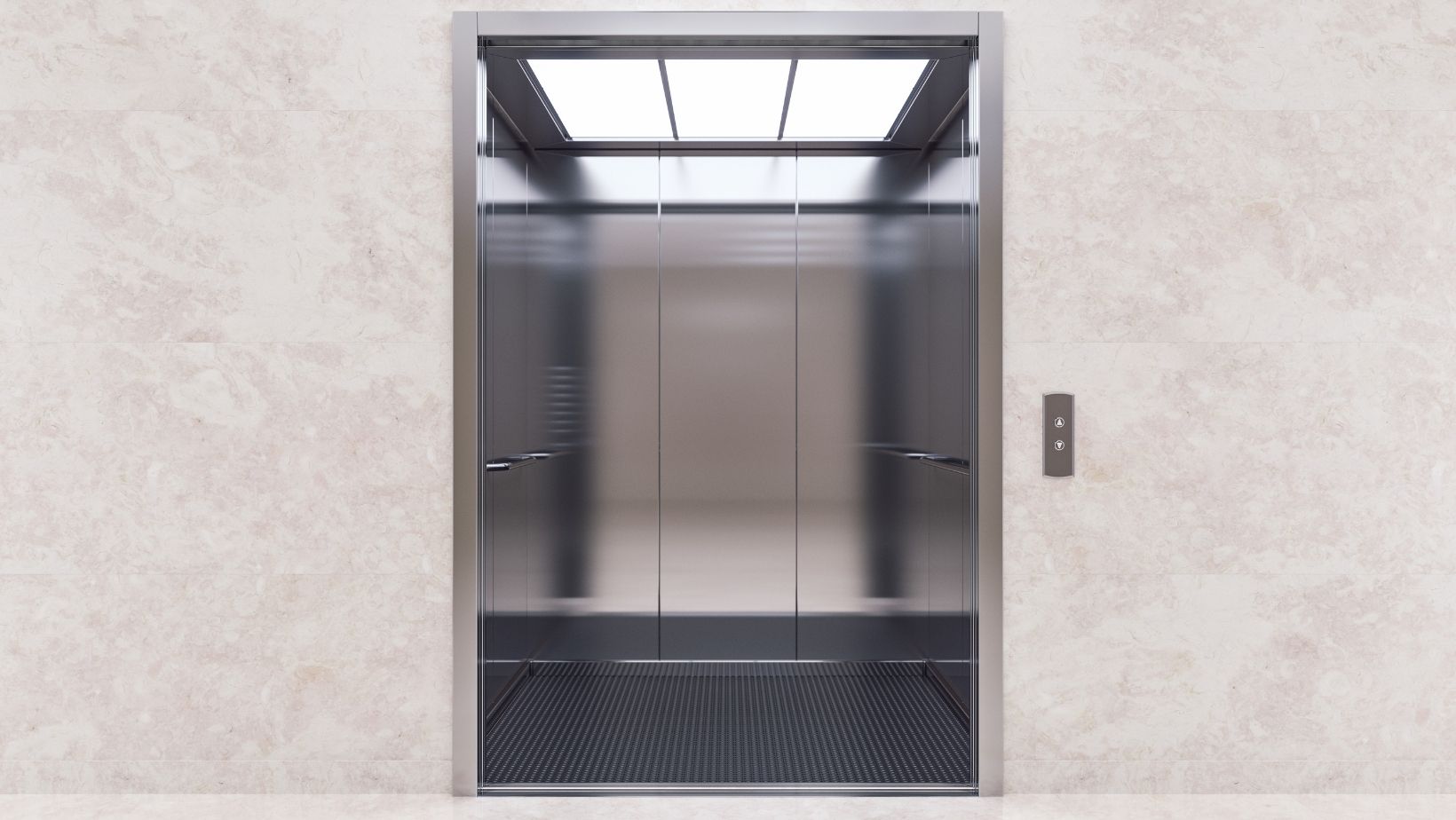Property managers today do much more than just rent collection and property maintenance. They work diligently every day to ensure the tenant feels comfortable. A well-performing elevator plays a significant role in this.
Elevators are a vital component of a building and must function seamlessly. Remote elevator monitoring solutions provide a reliable means to ensure elevator performance. They offer a platform for minimizing disturbances and enabling immediate action in the event of an issue. These systems operate through real-time data collection, allowing interested parties to monitor operations from any location.
Benefits of Remote Elevator Monitoring Solutions
1. Immediate Fault Detection and Proactive Repairs
Most of the issues begin with delayed door closures, light vibrations, and uneven stops. If you are following a manual time observation path, such signs will almost always be missed and can lead to an imminent shutdown.
Remote elevator monitoring solutions fill this gap. Sensors with automated diagnostics detect any abnormal behavior immediately and dispatch warnings for rescue teams to intervene and rectify the situation before it worsens and hampers people’s lives.
2. Low Downtime by Predictive Maintenance
In a traditional setup, maintenance is scheduled at a fixed timeline. So, an engineer will come and assess the elevator regardless of the actual status. Remote systems alter this concept by tracking performance metrics over time. This allows predictive maintenance, so technicians intervene only if the data suggests actual wear or risk. It results in fewer emergency calls and unpleasant surprises. Naturally, this also means a well-maintained elevator.
3. Centralized Monitoring of Multiple Properties

Often, property firms managing buildings are based in different locations. So, it is challenging for them to track the elevators’ performance manually. Remote monitoring platforms solve this hassle by providing a centralized dashboard. On the dashboard, they can view the live data of all elevators remotely. This goes a long way in decision-making and prioritizing services.
4. Faster Response Leads to a Better Service Experience
In traditional practice, tenants report a problem, and then action is taken. It can often result in massive delays, downtime, and a poor user experience. Property surveyors also benefit from these systems, as they can access detailed maintenance data and assess building performance more accurately. Remote elevator monitoring solutions reverse the process. They generate alerts automatically when an issue arises and keep technicians well-informed about the problem. This speeds up the repair time and accelerates service restoration.
5. Reduced Maintenance and Repair Costs
Emergency elevator repairs are costly. However, through fault detection, building managers can avoid unnecessary technician trips, resulting in savings on both parts and labor. These savings will accumulate over time, especially for larger complexes or companies that manage multiple elevators. Additionally, this opens the door for optimizing or downsizing scheduled inspections.
6. Enhanced Security Through Video Monitoring
Some new-age remote systems have video monitoring capabilities. This enables the teams to view the interior of the elevator in real time. It can help prevent and detect cases of vandalism and assist with a quicker emergency response. The video feed is also helpful in investigating incidents involving passengers.
7. Sustainability and Greener Operations
Reduced technician trips, fewer unjustified replacements, and protracted elevator faults all equate to a lower carbon footprint. Remote elevator monitoring solutions make maintenance more sustainable. By acting only when necessary and resolving issues at their initial stages, these systems enable property managers to contribute to green savings.
Final Thoughts
As building systems become more connected, elevator operations are also improving. Today, remote elevator monitoring solutions are no longer an option; they are a necessity for maintaining efficiency.


More Stories
Does Building an ICF Pool Cost Less Than Traditional Methods?
How to Identify When Your Floor Can Be Recoated vs Fully Sanded
Why a Wood Stove Installation Belongs in Your Modern Home